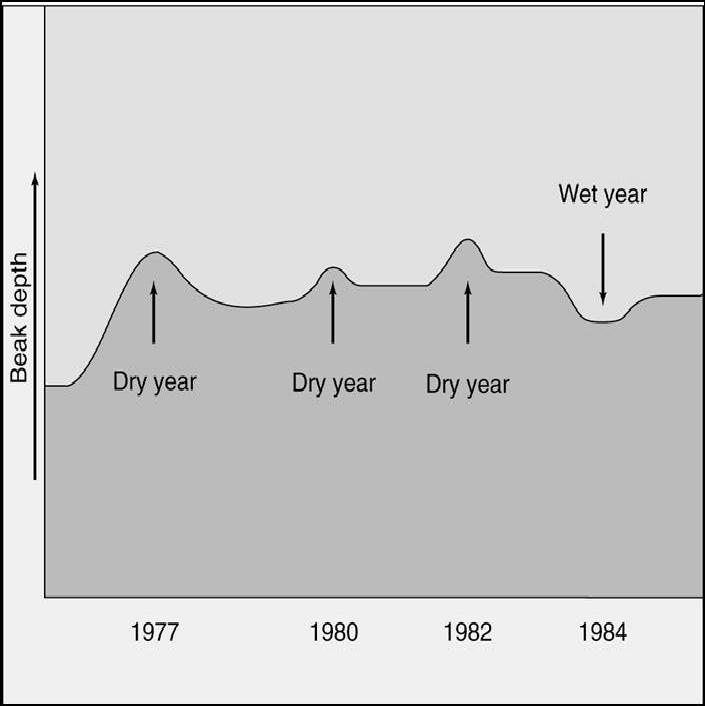The "clear air acts" passed in both America and England...
_______ are the preserved remains, tracks, or traces of once-living...
Natural selection is a _________ that results in a historical record...
_________ _________ is a term used to describe an evolutionary event...
The "clear air acts" passed in both America and England...
Some of the most dramatic evidence for evolution has come from human...
Natural selection varies the shape of the beaks among Darwin's...
Darwin concluded that evolution was at work by studying the shapes of
Progressive changes in fossils of different ages provides one of the...
The evolution of similar forms in different lineages when exposed to...
Evidence for evolution includes all of the following except
A technique used in dating a rock can be used to accurately predict...
You see a sign on a door that reads "Homologous Structures...
Today, the fossil record
Which of the following is not a vestigial trait in humans?
The shape of the beaks of Darwin's finches, industrial melanism,...
The wings of birds and butterflies are examples of structures that...
It could be said that today's Australian marsupials and...
Which statement best describes the correlation between beak depths of...
Many organisms possess structures that have no apparent function, but...
Structures that are derived from the same body part in a common...
A biologist seeing a sign describing evolution as "just a...
The side toes of a horse, the pelvis of the whale, and the human...
The evidence for industrial melanism as being due to an increase in...
Which of the following is an example of convergent evolution?
The most precise method of obtaining estimates of the absolute ages of...
The molecular record suggests that a series of evolutionary changes is...
In the case of the toothed whales, the fossil record
Marsupials are a very ancestral form of mammal, evolving before...
A rock contains 18 mg of the radioactive isotope carbon-14. The...
Which one of the following features of Archaeopteryx clearly...
Which of the following features of ancient horses is not an adaptation...
A friend is trying to understand the concept of convergent evolution....
Which of the following does not illustrate shared ancestry by...
The observation that different geographical areas sometimes exhibit...
A major implication of this study of Drosophila is
Domestication of dogs has led to
Industrial melanism involving the peppered moths (Biston sp.) is cited...
Which of the following seems to be least important in understanding...
Radioactive isotopes are used in dating materials from the distant...
Which one of the following "alternate" hypotheses might also...
Natural selection has favored the dark form of the peppered moth in...
The evolution of different forms in the same lineage when exposed to...
In comparing artificial and natural selection, which of the following...
The half-life of carbon-14 is 5,600 years. A fossil that has...
Which of the following features of the humans does not provide...
The convergence in form seen in sharks, tuna and dolphins best relates...
Industrial melanism is a term describing
In the laboratory, fruit flies (Drosophila) were artificially selected...
Which one of the following is not true about species that show...
The pattern of wet years and dry years shown will probably move the...
Which one of the following observations was not important in the...
Which of the reasons does not explain why "scientific...
The "scientific creationism" view includes all of the...
Which of the following statements discussed in the textbook about...
Which one of the following is not important to the concept of...
Note: In this study, equal numbers of marked dark and light moths are...
Which one of the following statements about the evolutionary...
Evidence for evolution can be obtained by examining presently existing...
















